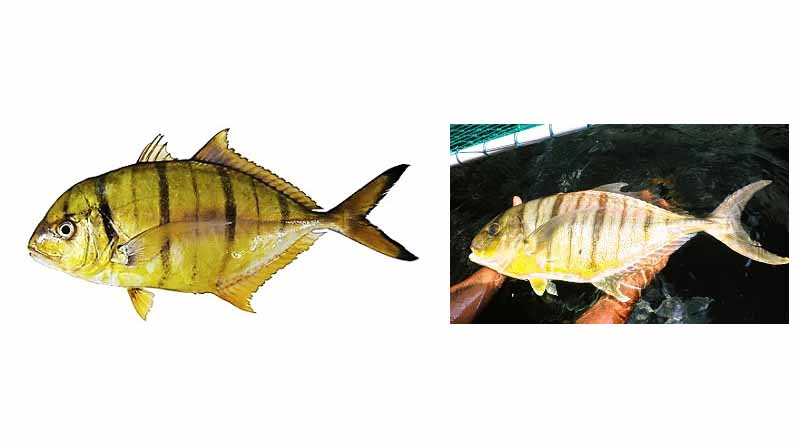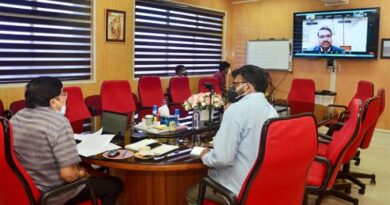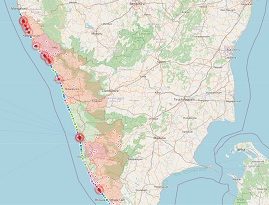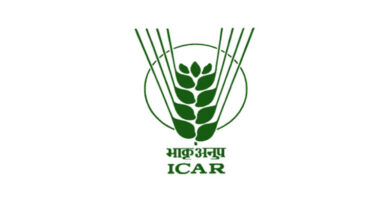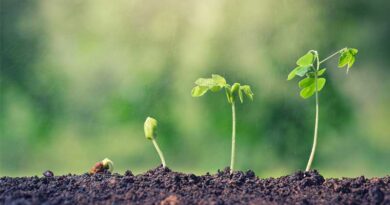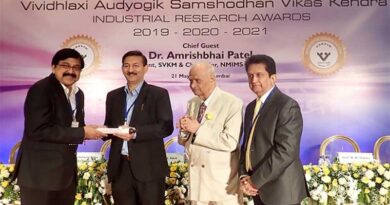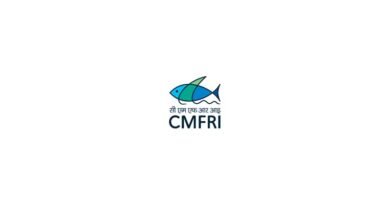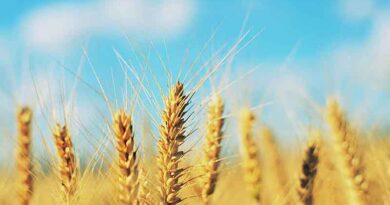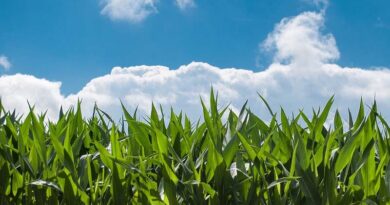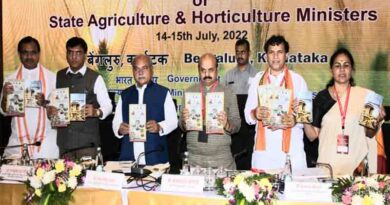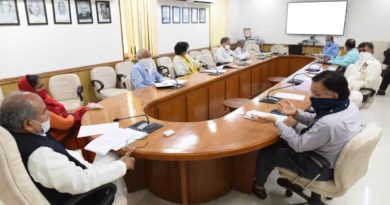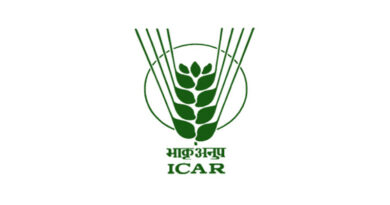Breakthrough in Mariculture: ICAR-CMFRI Achieves Captive Breeding of High-value Marine Fish Golden Trevally
22 April 2024, Kochi: In a breakthrough in mariculture development in the country, the ICAR-Central Marine Fisheries Research Institute, Kochi has developed seed production technology for golden trevally (Gnathanodon speciosus), a high-value marine fish. The development is expected to open up a new avenue for sustainable seafood production and boost the country’s list of viable candidate species for mariculture. Successful bloodstock development, captive breeding, and larval rearing of the fish were achieved after five years of research at ICAR-CMFRI’s Visakhapatnam Regional Centre.
Golden trevally, also known as golden kingfish, is a promising marine aquaculture species due to its rapid growth rates, high meat quality, and high market demand for consumption and ornamental purposes. In the domestic market, the fish fetches a price of 400-500 per kg.
This species of reef-associated fish, known for its yellowish belly, scattered black patches, yellow fins, and black tail, is a popular choice for aquariums due to its attractive appearance. Juveniles act as pilots for sharks, and their silver-grey coloration and golden juveniles make them attractive to aquarium owners. The fish is priced between Rs. 150-250/piece.
The golden trevally is primarily found in reef area fishing grounds in Tamil Nadu, Puducherry, Kerala, Karnataka, and Gujarat, with total fish landings estimated at 1106, 1626, 933, 327, and 375 tonnes in the last five years, mainly from Ramanathapuram, Nagapattinam, Chennai, Pudukottai, Trivandrum, Ernakulam, Tirunelveli, Tanjavur, Tuticorin, Udupi, and Gir Somnath districts.
Dr. A Gopalakrishnan, Director, ICAR-CMFRI, emphasised the significant milestone in Indian mariculture stating that the Golden trevally is an ideal candidate for sea farming due to its desirable qualities. Given the declining trend of its landings, the success in captive breeding of this fish has greater significance as it offers opportunities for sustainable fish farming through mariculture practices including sea cage farming. He further added that the technology will also contribute to wild stock restoration efforts through the sea-ranching initiative.
A team of scientists at the Visakhapatnam Regional Centre of ICAR-CMFRI led by Dr. Ritesh Ranjan, Senior Scientist started research efforts on seed production of this fish in 2019. Juveniles of 40-50g collected from the wild were reared in CMFRI’s research cage farm facility off Visakhapatnam coast. These fish were raised in cages for 3-4 years until they reached maturity (3.5-4.5kg). After separating males and females, the mature fish were transferred to a land-based tank system (RAS) with a 40 cubic meter capacity. Natural spawning occurred within the RAS on February 9, 2024. After 51 days of rearing post-hatch, the early fry reached an average size of 3 cm and attained a weight of 450 milligrams with a very good survival rate.
Also Read: UPL receives ‘Well-Known Trademark’ by the Indian Trademark Registry
(For Latest Agriculture News & Updates, follow Krishak Jagat on Google News)

